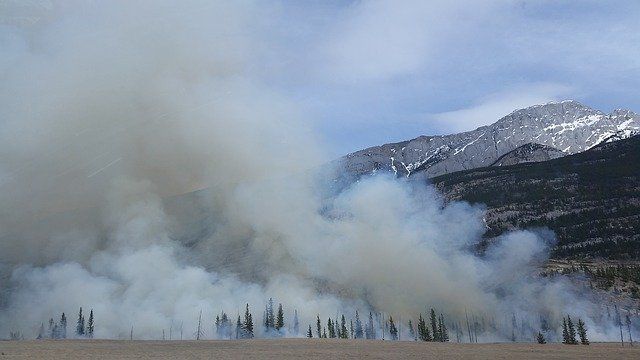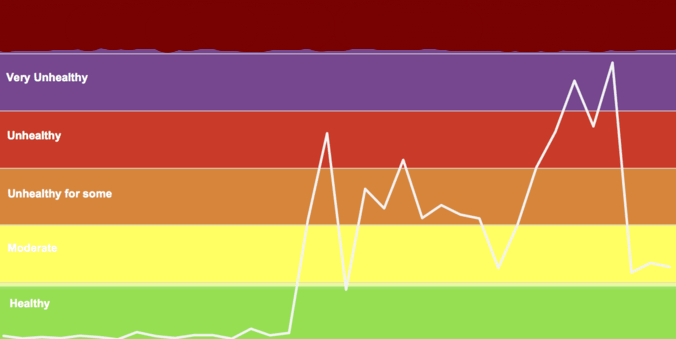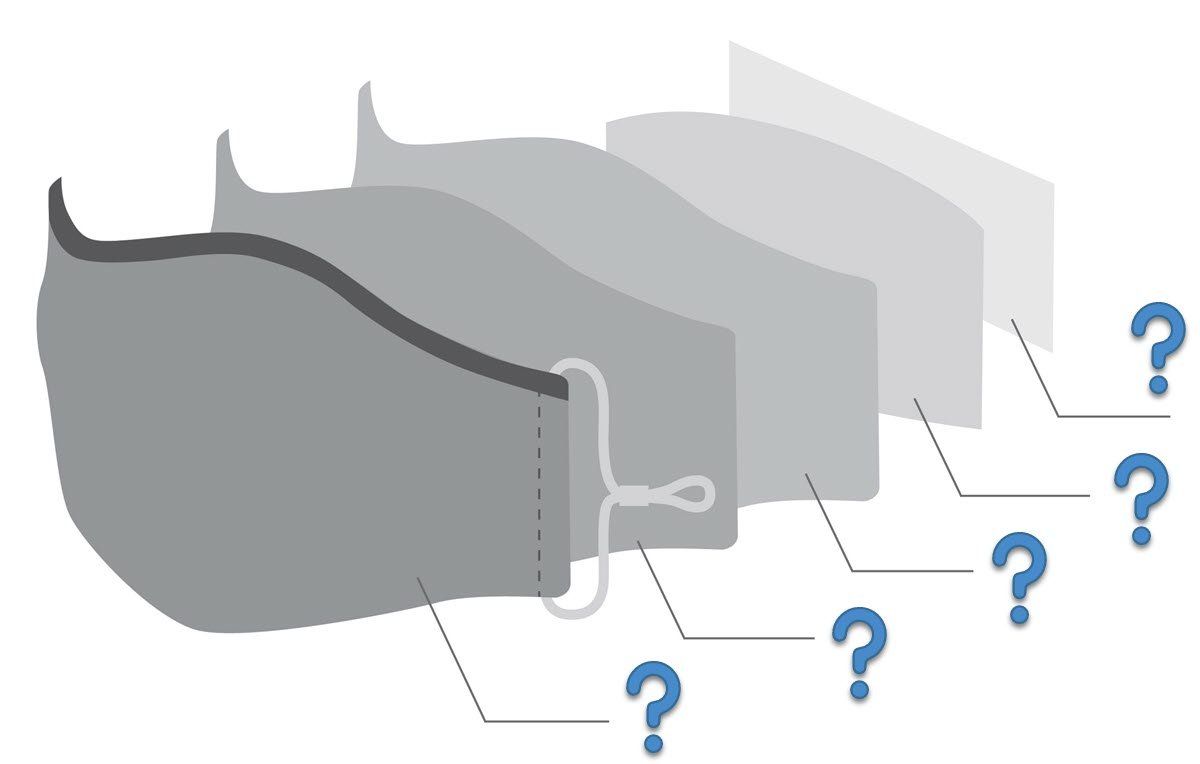No matter how well constructed your office or home is, it’s still susceptible invasion by
ultra-fine particulates. To achieve good indoor air quality and prevent health problems before they occur, focus on three factors: the right humidity level, circulating fresh air, and a clean environment.
The Danger of Poor Indoor Air Quality
According to
research, no fewer than 88 volatile organic compounds in the household are capable of causing lung conditions, headaches, and dizziness. If you are experiencing symptoms similar to allergy or flu, this might be the outcome of poor indoor air quality. Follow these steps to clear out the pollutants:
Maintain a Healthy Humidity Level
Did you know that the humidity level in your home should always remain under 50 percent? Levels above 50% encourage the growth of bacteria, mold and other invisible contributors to poor air quality. Still, you make sure when drying the air that humidity stays in the sweet spot below 50 but above 15 percent. If you’re feeling unusually thirsty, this could be a sign the air is too try.
Ventilate
One of the simplest ways to maintain a high indoor air quality is to open windows and doors when the air quality index outside is at “Good” or “Moderate” levels. This is especially true while you’re cooking or cleaning products. Open those window during Sunday cleaning to speed up the dissipation of harmful toxins.
Keep your Air Circulation Systems Clean
Clean your internal ventilation systems carefully and update broken and old ones. Remember, the design of your house must go beyond just aesthetics. You also need to integrate clean air quality to guarantee the air moving through your inside space isn’t picking up contaminants as it goes.
---
Good indoor air quality is part of establishing an ambiance that is safe and pleasant and ensures your home can be a sanctuary against the outside world. A home with clean air will feel (and even smell) better to family members and guests, who - we promise you - will appreciate a pollutant-free setting, even if they haven't a clue about why the air seems so fresh.













